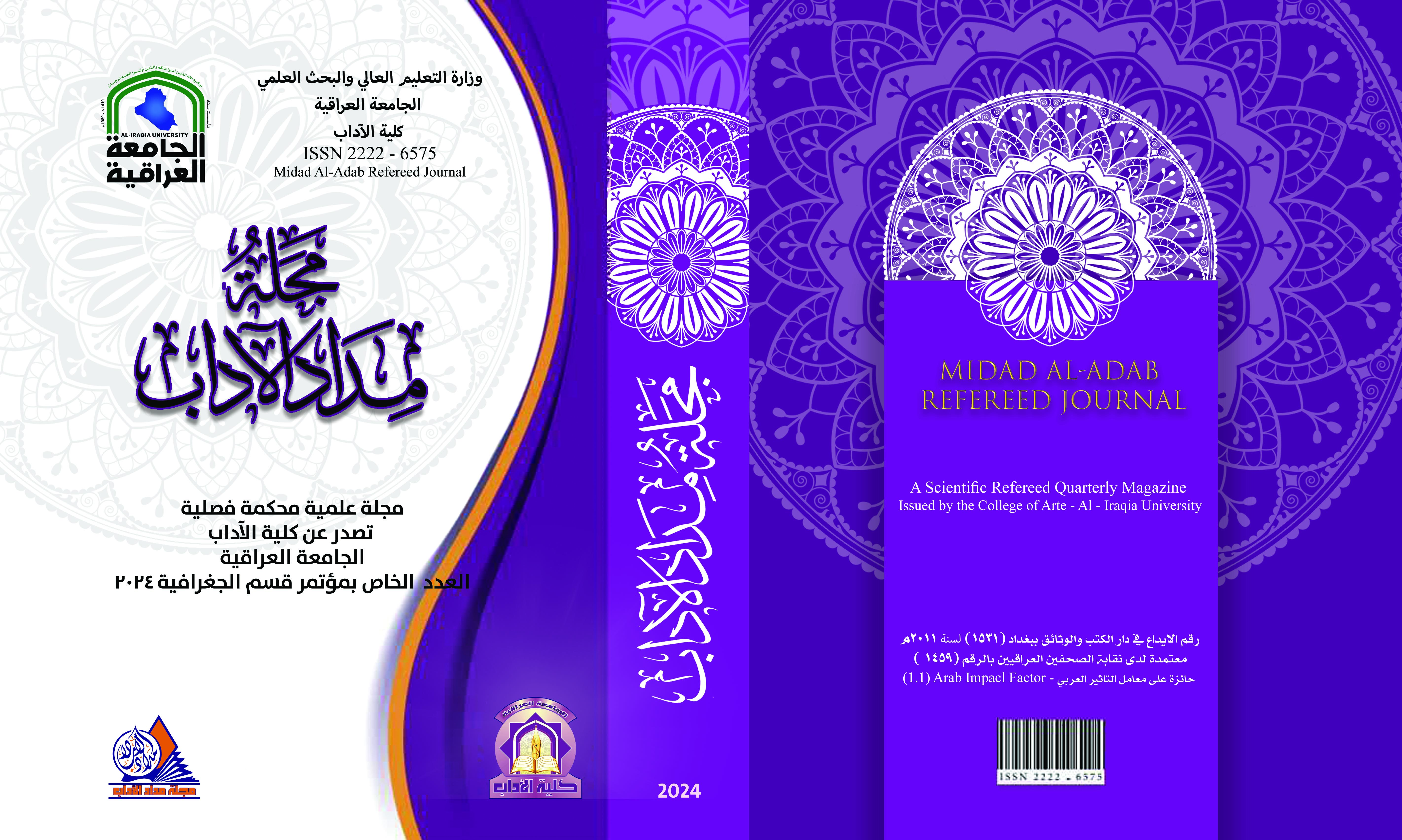رصد أثر التغيرات المناخية على مؤشر اختلاف المياه الطبيعي NDWI في هور الحويزة
الكلمات المفتاحية: التغيرات المناخية، مؤشر NDWI، هور الحويزة، معامل مان-كيندال.
الكلمات المفتاحية:
الكلمات المفتاحية: التغيرات المناخية، مؤشر NDWI، هور الحويزة، معامل مان-كيندال.الملخص
يعد تقييم مخاطر الجفاف أمرًا مهمًا نظرًا لآثارها الاجتماعية والاقتصادية على موارد المياه والزراعة والنظم البيئية. في هذه الدراسة، تم رصد وتقييم آثار التغير المناخي على تغير مساحة المياه مياه هور الحويزة في جنوب شرق العراق، بالتحديد ضمن مساحة محافظة ميسان. ولهذا الغرض تم تقييم الاتجاه تغير الامطار بحسب معامل Man-Kendallفضلا عن تحديد مؤشر تباين المياه الطبيعي NDWI، ولسنوات محدده منه 2000، 2005، 2010، 2015، 2020، 2023، و ذلك بهدف مقارنة نتائج المؤشر مع كمية الامطار المتساقطة على حوض هور الحويزة ، كما اتضح من خلال استخراج القيم لمؤشر اختلاف المياه NDWI، ان عام2000 من اكثر الأعوام وفرة بالمياه اذ بلغت قيمة المؤشر 0.6 يلي هذا العام ،سنة 2005، اذ سجل المؤشر قيما مرتفعة أيضا بلغت نحو 0.4، ويتضح ان هناك تتدرج في المساحة المائية المغطاة بهور الحويزة من عام 2000-2023، اذ نرى أيضا عام 2010 بلغت مساحة مؤشر التباين المياه الطبيعي خلال هذا العام نحو0.3،نستنتج مما ورد من خلال التحليل ان مساحة المياه في هور الحويزة تتناقص بتقدم السنوات اذ سجل عام 2023، وادنى قيمه للمؤشر بلغت 0.2، مما يؤكد تأثير الاتجاه السلبي للتساقط المطري على المنابع الرئيسة والمغذية لهور الحويزة مثل نهر الكرخة و الطيب والدويريج فضلا عن نهري المشرح و الكحلاء.
التنزيلات
منشور
إصدار
القسم
الرخصة

هذا العمل مرخص بموجب Creative Commons Attribution-NonCommercial-NoDerivatives 4.0 International License.








